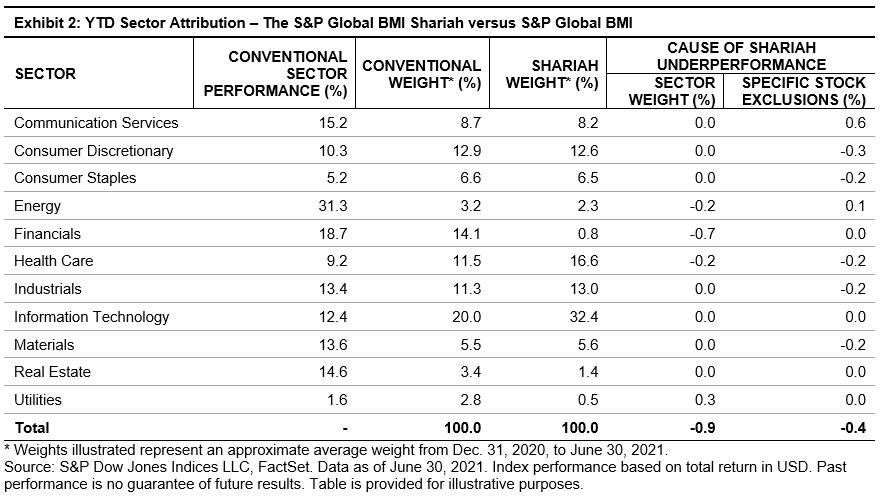What a difference a year makes. Latin American equities had a strong Q2, outperforming most regions, as the S&P Latin America BMI gained 15.7%. As of June 2021, the index had its best 12-month return since June 2007, gaining 46.6%. More than a year after the COVID-19 pandemic wreaked havoc on the global economy and public health, the S&P Latin America 40 was one of the best regional performers, up 51% for the one-year period ending in June.
Thanks to the development of effective vaccines to combat the COVID-19 pandemic, global economic optimism is palpable. For Q2, the S&P 500® gained 8.5%, the S&P Europe 350® was up 7.7%, and the S&P Emerging BMI rose 7.5%. Despite the enthusiasm, emerging markets and Latin America particularly remain a concern given the slow pace of vaccine rollouts, allowing for potentially vaccine-resistant variants to undermine any gains made during this recovery period. In addition, the political and civil unrest recently seen in countries like Chile, Colombia, and Peru are a potential threat to the stability and growth of the domestic and regional economies.
Consequently, the countries that performed the best in Q2 were Argentina, Brazil, and Mexico. Meanwhile, the Andean countries all underperformed. The S&P MILA Andean 40, representing Chile, Colombia, and Peru, lost 10.6% in USD. Chile’s S&P IPSA and S&P/BVL Peru Select 20% Capped Index were the worst performers, down 11.6%, and 9.6%, respectively, in local currency, with the S&P Colombia Select Index declining 2.5% in local currency.

In terms of sectors, the S&P Latin America BMI’s Energy and Consumer Discretionary sectors topped the charts in Q2, gaining 31.5% and 25.3%, respectively. The only sector that did not generate positive return this quarter was Real Estate, which ended nearly flat, at -0.4%. Interesting to note, the Materials sector has been the most consistent outperformer over the short and long term. The sector includes some of the best-performing companies in the past 12 months like Mexico’s Cemex SA and Grupo Mexico, Brazil’s Vale S.A. and Gerdau S.A., Chile’s SOQUIMICH, and Peru’s Southern Copper.
With the increase of interest in sustainable investing, it is worth noting that the ESG indices for Brazil, Chile, and Mexico have performed well in comparison to their local benchmarks. While the primary objective of the ESG indices is to improve the S&P DJI ESG Score profile compared with the underlying index, sometimes the indices can do both: outperform and improve the ESG profile.

As more and more companies participate in the ESG evaluation process, and local regulations offer guidance for investment decisions to pension funds, it is going be an area of great development in the investment industry.
Overall, there are still many challenges for the region. At its core, a quicker path to overcoming the pandemic is needed, as well as a strong and stable economic recovery, not to mention stable political systems that support the development of capital markets. The good news is that each country is working hard to restore public health and economic stability. To that end, let’s hope the second half of the year will be as strong as the first.
The posts on this blog are opinions, not advice. Please read our Disclaimers.














































